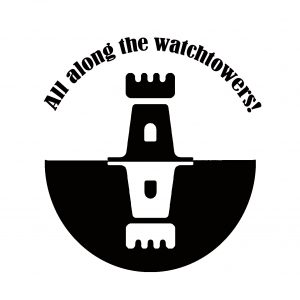Last week I travelled to Latvia to take samples from excavations at Cēsis castle and to collect information to contextualise soil micromorphology samples that I have from Rīga castle. My friend and colleague, Alex Brown, Wessex Archaeology, came out to help with the fieldwork. Alex was the palynologist for The Ecology of Crusading project, and he also works with us on the Landscapes of (Re)Conquest project. I was last in Latvia in 2014 and it was great to be back. Rīga doesn’t seem to have changed a great deal, but Cēsis has had noticeable investment in the town.
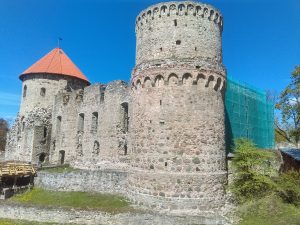
The excavations at Cēsis were conducted as part large scale visitor improvement and conservation works, funded by European Regional Development Fund. Several parts of the castle, which for decades have been closed to visitors, will be secured and made open to the public. Due to the ongoing conservation works, this small scale excavation took place in the area of the former brewery and kitchen of the castle. The eastern range of the castle has never been excavated and therefore, it provides a unique opportunity to examine archaeological material from formerly one the most important parts of Cēsis Castle.
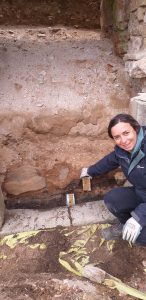
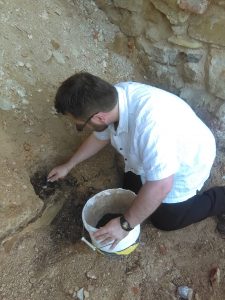
I collected samples for soil micromorphological analysis, and for wet-sieving and flotation to retrieve palaeoenvironmental materials. Bone and plant macroremains can be identified and used for radiocarbon dating. The samples were taken from three profiles in the eastern range of the castle. Each profile contained charcoal-rich layers and may represent different activities such as oven rake-out associated with the kitchen area and destruction activity associated with the blocking of the doorway. The scientific analyses will examine these hypotheses, particularly to establish the date of any destruction and remodelling activities that are represented in these profiles.
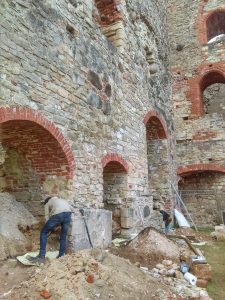
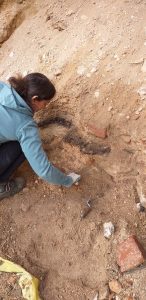
The castle itself had a turbulent history. Henry’s Chronicle of Livonia states that the stronghold at Riekstu Hill was occupied by the ‘Wends’ who voluntarily converted to Christianity in 1206. The Sword Brothers established a base here and co-existed alongside the Wends from 1208 until, in 1218, they constructed their stone castle alongside the timber fort on Riekstu Hill. The soil micromorphology evidence (in Ch 7 of the forthcoming monograph from The Ecology of Crusading project) supports a hypothesis that Cēsis was a place of co-existence between the indigenous ‘Wends’ and the Sword Brothers rather than one of tensions and conflict. Micromorphology shows that the timber fortification of the hillfort was only destroyed once, and that subsequent thin horizons that contain charred material were formed as a result of erosion and trampling processes, rather than due to several destruction or burning episodes.
The design of this 13th century castle is unknown as all its structures (except the chapel) have been torn down in the course of the subsequent building phases. In 1237 the castle was taken over by the Livonian branch of the Teutonic Order and underwent large-scale reconstruction where the old fortifications were gradually replaced by a monumental square castle (castellum). It was constructed using the form of the Teutonic Order castle that was imported from Prussia- four ranges built around a courtyard. The castle gained importance in the late 15th – early 16th century when the Livonian Order’s administrative headquarters were relocated from Rīga to Cēsis and the castle underwent further remodelling. These were the final decades of The Order’s rule in Livonia and our analysis of the remains of ‘war’ horses within a building destroyed by fire is situated in this period.
Following this period, there were a series of sieges at the castle during the Livonian War. The most notable and devastating took place in 1577 when the castle was besieged by the army of Tsar Ivan IV Vasilyevich, more commonly known as Ivan the “Terrible”. Three hundred people who were besieged in the castle committed mass suicide by blowing themselves up using gun powder. The following decades saw further demolition, neglect and decay of the castle, including during the Great Northern War, 1700-1721.


